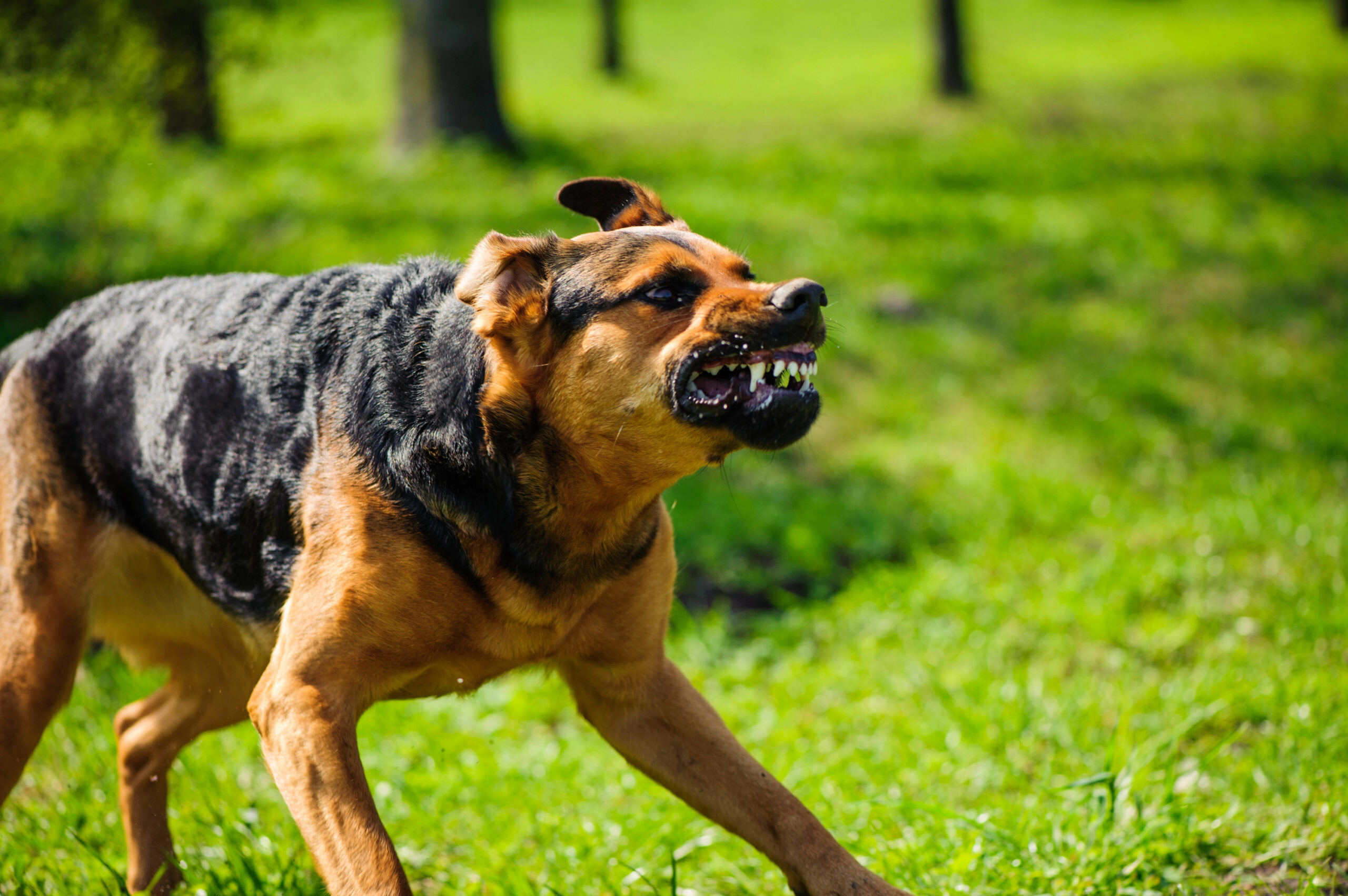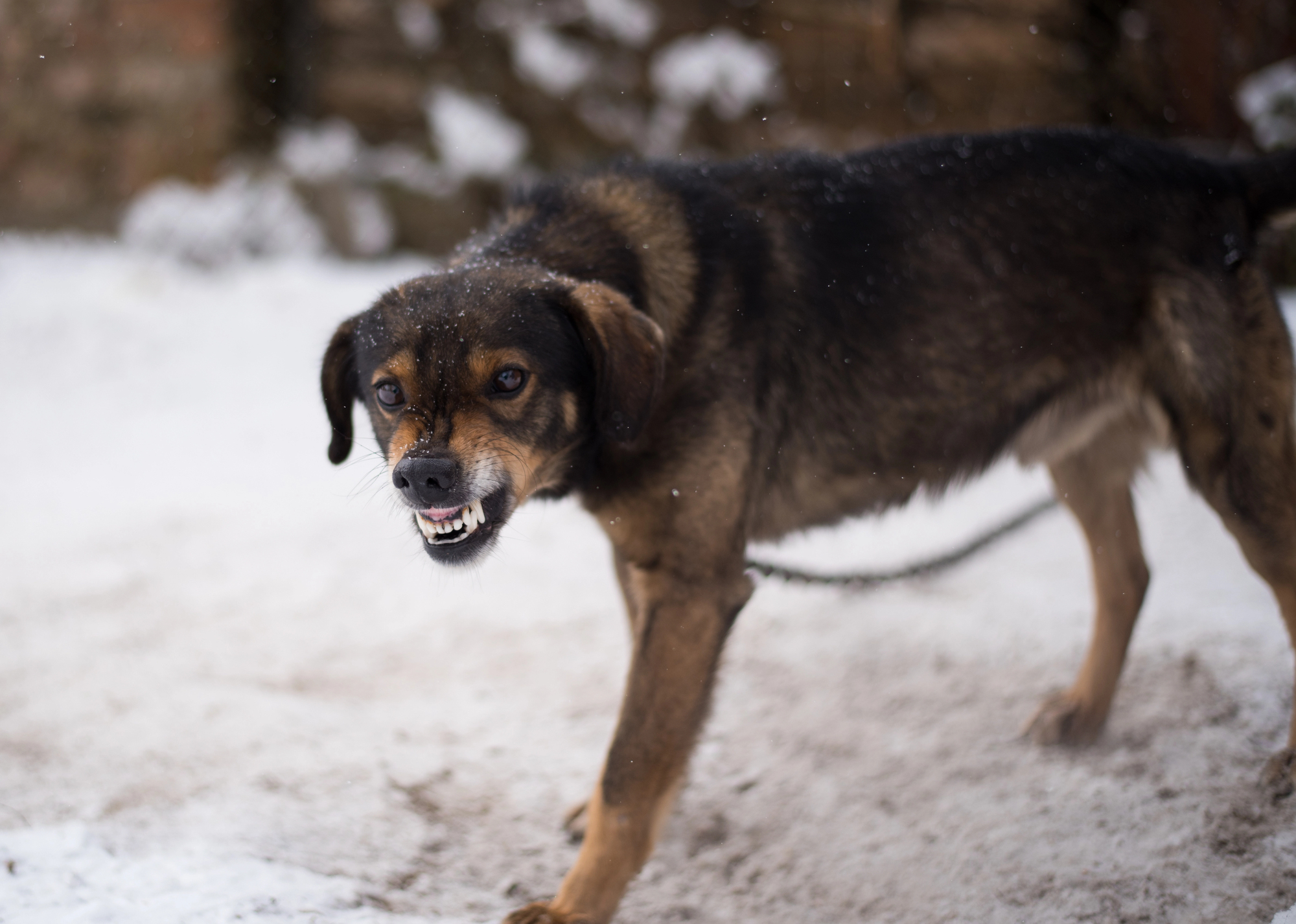Dog growling is a form of communication that many dog owners might find concerning at first. However, understanding the different types of growls can help pet owners better interpret their dog’s needs and emotions. This guide will explore six common types of dog growling, helping you to distinguish between normal canine behavior and signs that your furry friend might need additional support.
1. Play Growling: Fun and Games

One of the most common types of growling you’ll encounter is play growling. This type of growl is typically heard during interactive play sessions between dogs or between dogs and their human companions. Play growling is usually light-hearted, accompanied by other playful behaviors such as wagging tails, jumping, or play-bowing. It’s crucial to observe the dog’s body language to distinguish this friendly form of growling from more aggressive types.
2. Pleasure Growling: A Sign of Contentment

Pleasure growling, often mistaken for a menacing sound, is a positive growl emitted when dogs are petted or when they are comfortable and relaxed. This low, rumbling sound is akin to a cat’s purr and indicates that your dog is enjoying the moment. Pleasure growling is a sign of trust and affection, and understanding it can strengthen your bond with your pet.
3. Warning Growls: Backing Off Without Conflict

Warning growls are used by dogs to signify discomfort or fear. These growls serve as a preliminary warning to deter a person or another animal from getting closer or continuing an unwanted action. If you notice your dog displaying this behavior, it’s essential to assess the situation and remove any stressors that could be causing distress. Ignoring warning growls can escalate into more aggressive behaviors.
4. Defensive Growling: A Shield Against Perceived Threats

Defensive growling occurs when a dog feels threatened or cornered. This type of growl can sound more aggressive and is a dog’s way of protecting itself. It’s critical to approach a defensively growling dog with caution, as they may resort to biting if they perceive further threat. Providing a safe space for your dog and avoiding confrontational situations can help minimize this behavior.
5. Fear Growling: An Expression of Anxiety

Fear growling is often a sign of anxiety or apprehension. Dogs may exhibit fear growling when they are introduced to new environments, people, or other animals. Understanding and recognizing fear growling will allow you to address the underlying issues, such as socialization or environmental changes, helping your dog to feel more secure and confident.
6. Aggressive Growling: A Call to Action

Aggressive growling is the most concerning type, as it precedes potential bites or attacks. This growl is generally accompanied by dominant body language, such as raised hackles, bared teeth, and a stiff stance. If your dog is showing signs of aggressive growling, professional help from a veterinarian or animal behaviorist might be necessary to tackle the root cause and prevent harmful incidents.
Recognizing Context

While growling can be alarming, it is crucial to assess the context in which it occurs. Understanding the specific circumstances surrounding a growl can grant valuable insights into your dog’s emotional state. By recognizing and responding appropriately to different types of growling, you can ensure a safer and more harmonious relationship with your pet.
Building a Better Bond

Understanding the six types of dog growling allows dog owners to interpret their pet’s needs and emotions accurately. By learning to listen and respond to these vocal cues, you can promote a positive, respectful, and loving relationship with your dog, enhancing their well-being and your mutual companionship. Always approach growling as an opportunity to understand and communicate better with your furry friend.

Esther is from India; the heartbeat of South Asia, holding a Master’s degree in Zoology and a postgraduate diploma in Animal Welfare. Her enthusiasm for animal welfare drives her passion and dedication to working for animals, ensuring their well-being, and advocating for their rights. With a solid academic background and hands-on experience, she is committed to making a positive impact in the field of animal welfare. In her free time, she enjoys embroidery and sewing. As a Chennaite from Tamil Nadu, Esther loves Bharathanatyam, an Indian classical dance form.






